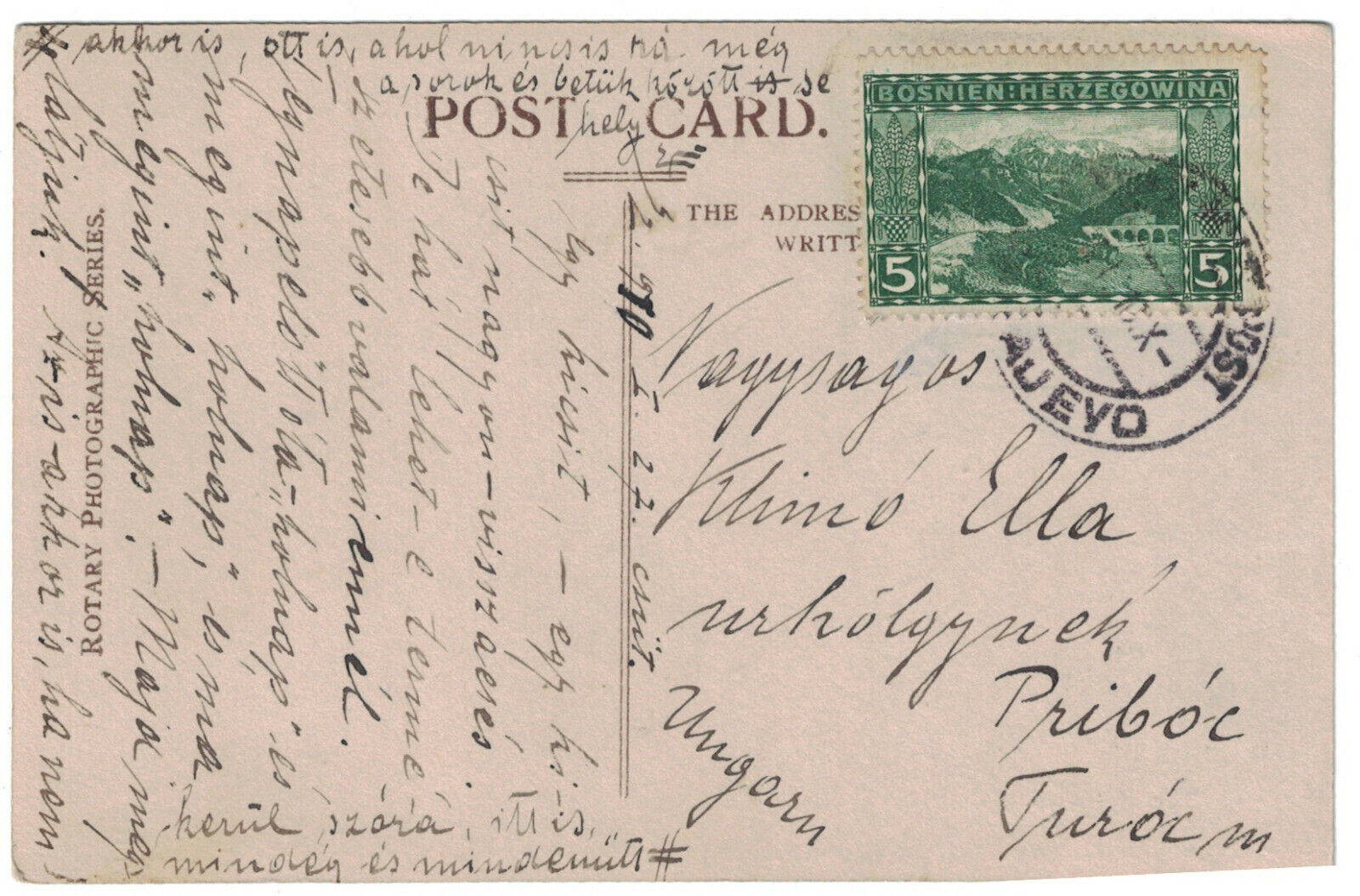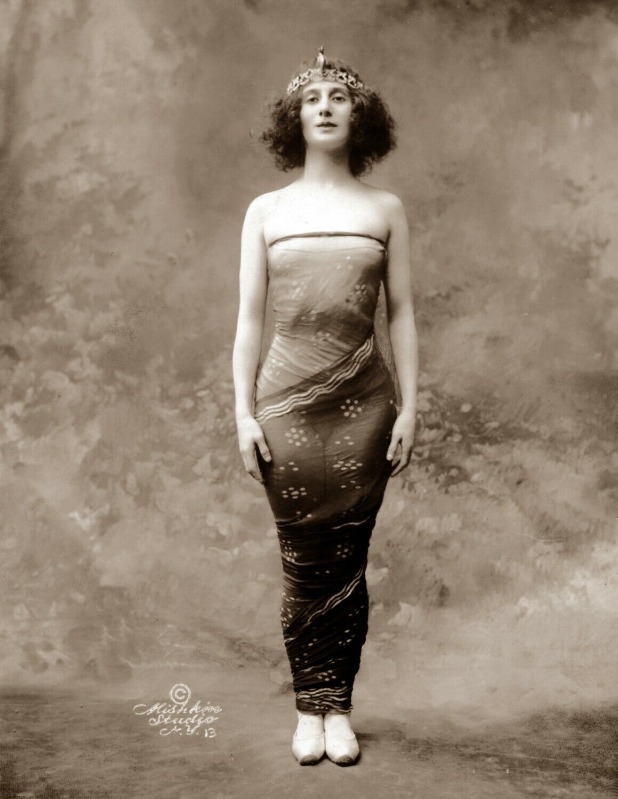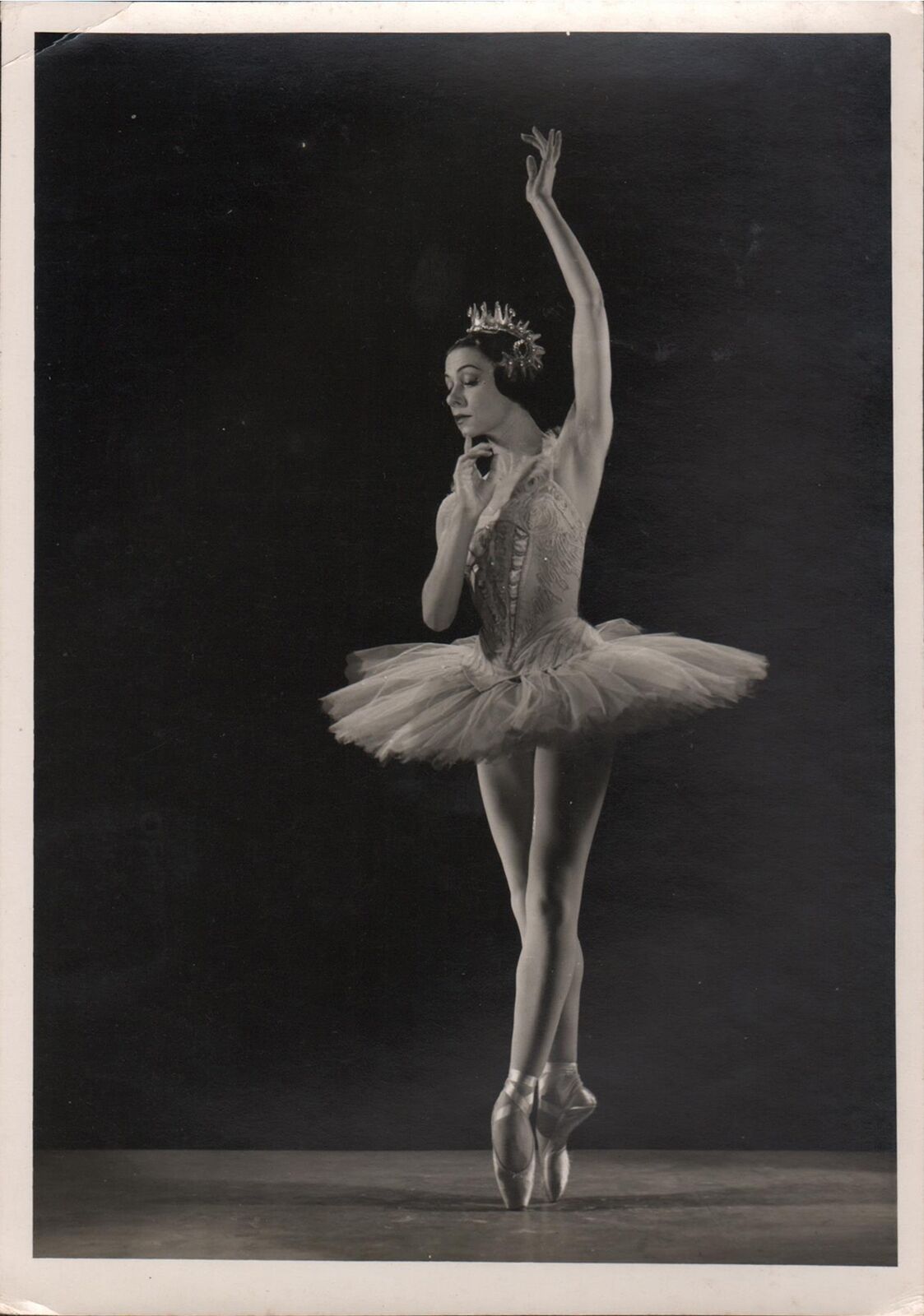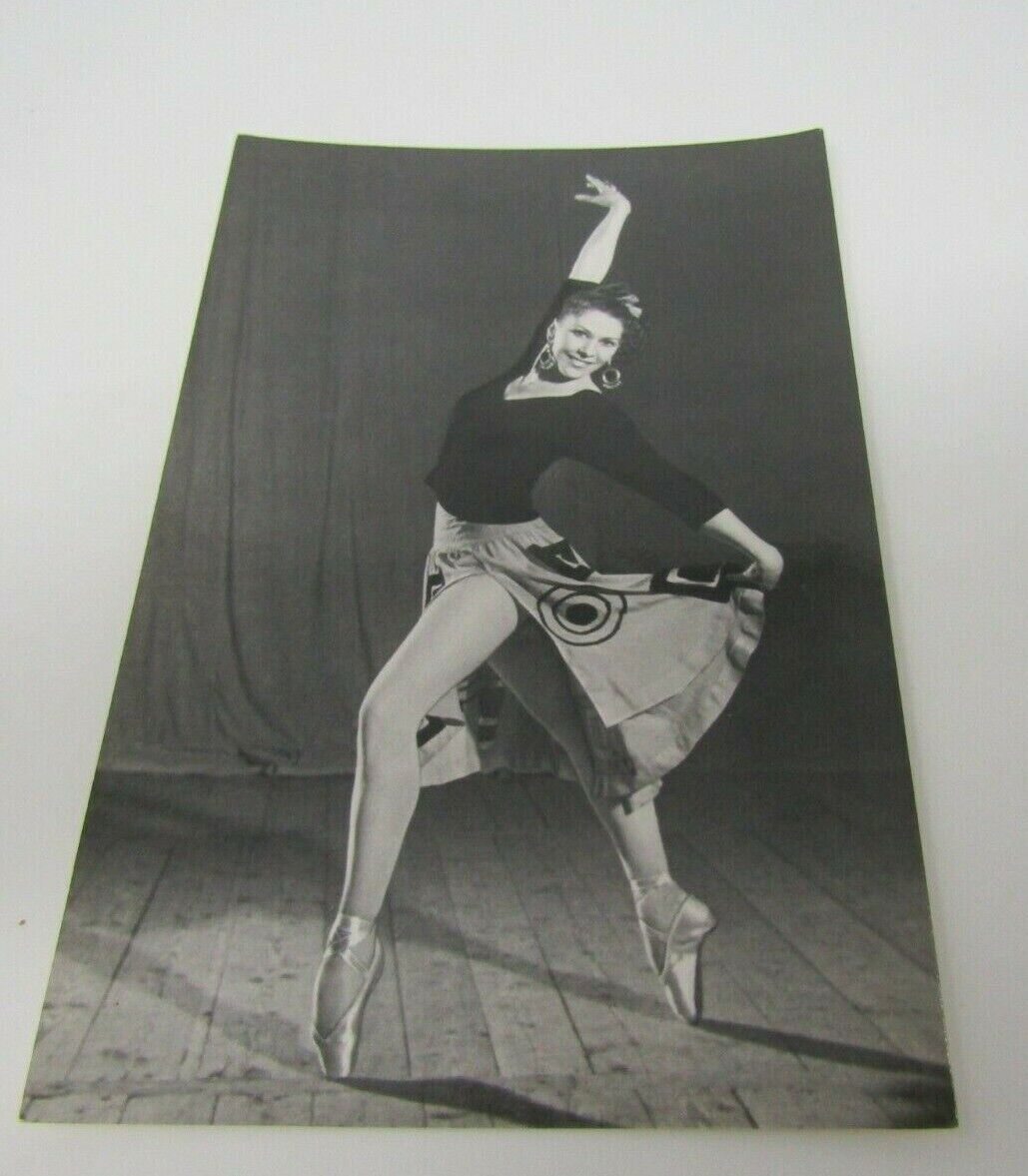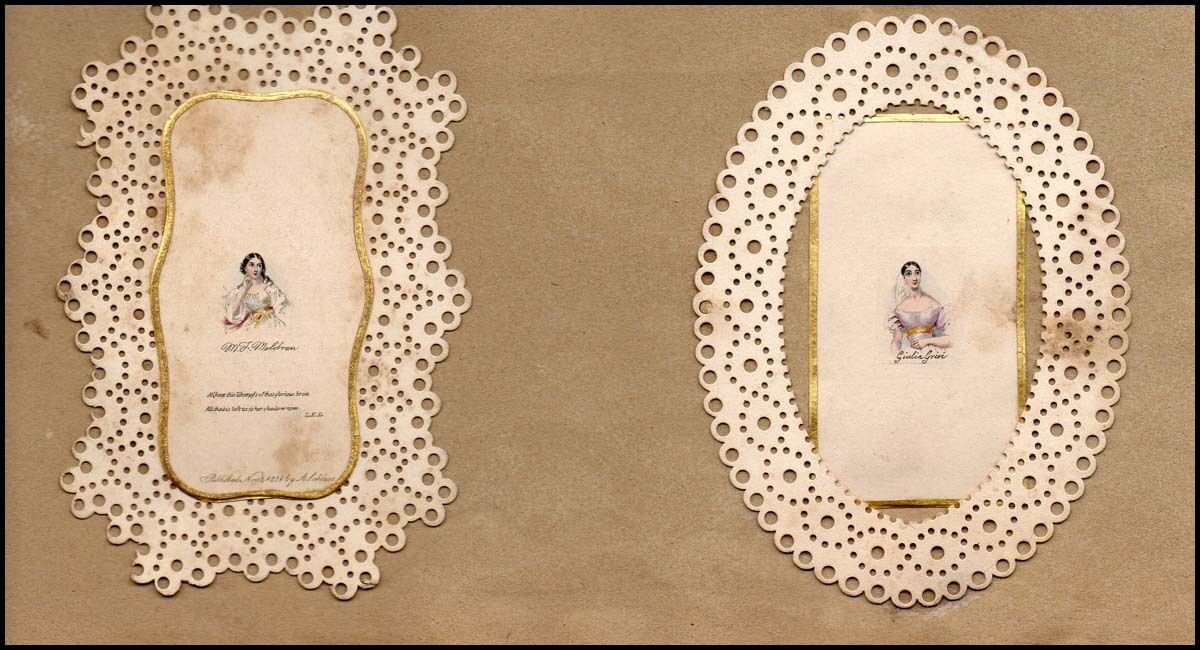-40%
Jan Kubelik photo with family violin violinist
$ 26.39
- Description
- Size Guide
Description
Hello!For sale I have a period postcard photo of violinist Jan Kubelik. An uncommon image of him with his family. Fine
condition. This postcard is used. I'm not sure of the language, but the stamp is Bosnia Herzegovina. There's a faint imprint of writing on the front below the image.
3.5 x 5.5 inches. USPS Priority Mail insured.
I have been a professional violinist for 20 years. I currently teach violin at University of California, Berkeley, and play Concertmaster for the Sacramento Philharmonic and Opera. I've been buying and selling music memorabilia on eBay since it was invented and I've been buying antique art from European and American auction houses for a decade. All pieces for sale are guaranteed authentic and come from my personal collection, which numbers in the thousands. To learn more about me visit www.danflanaganviolin.com.
Jan Kubelík
(5 July 1880 – 5 December 1940) was a
Czech
violinist
and
composer
.
He was born in
Michle
(now part of
Prague
). His father, a gardener by occupation, was an amateur violinist. He taught his two sons the violin and after discovering the talent of Jan, who was aged five at the time, arranged for him to study with
Karel Weber
and
Karel Ondříček
. Aged eight he studied at the
Prague Conservatory
with
Otakar Ševčík
, of whose technique he became the most famous representative. As a child, he used to practice 10 to 12 hours a day, or "until my fingers started to bleed." After 1898, he toured as a soloist, soon becoming renowned for his great virtuosity and flawless intonation, and his very full and noble tone. He played a
Guarneri del Gesù
and also two
Stradivarius
violins: he acquired the 1715
Stradivarius Emperor
in 1910.
After great success following his debut in
Vienna
, and in
London
(where he first appeared at a
Hans Richter
concert in 1900
[1]
), Kubelík toured in the
USA
in 1901
[1]
for the first time. He made his first appearance for the
Royal Philharmonic Society
, London in the season of 1901–2, and in 1902 was awarded the Society's Gold Medal (in succession to
Eugène Ysaÿe
). In 1902 he brought the
Czech Philharmonic Orchestra
to London, having assisted it financially in the previous year.
In 1903 he married Countess Anna Julie Marie Széll von Bessenyö (born 1 March 1880 in
Budapest
), niece of former Prime Minister of Hungary
Kálmán Széll
,
[2]
with whom he had eight children, five violinist daughters and three sons, among them
conductor
Rafael Kubelík
.
Kubelík made a number of recordings; his acoustic recordings were made for The
Gramophone Company
, and for
Fonotipia
/
Polydor
(who also recorded
Váša Příhoda
,
Franz von Vecsey
and
Jacques Thibaud
). The Gramophone Company recorded him as obbligato to
Dame Nellie Melba
in 1904, a match which reflected the classical phrasing, tonal purity and security of his art and was an ideal complement to it. Their early version of the
Bach
-
Gounod
Ave Maria
(G.C. 03033) was recorded twice, in October 1904 and again in February 1905, and this was one of the great early classics of the
gramophone
, one of those records which 'made' the instrument a popular success, though the double celebrity single-sided title retailed at one guinea. Nine years later (when technology had improved) the partnership was reformed to re-make the record (as 03333), in May 1913 with
organ
accompaniment and again in October 1913. It was the latter version which then survived in the inter-war catalogue in two-sided form. His 1935
Carnegie Hall
concert was also recorded and has been reissued.
He wrote music, including six
violin concertos
, and continued to perform in public until his death, with a pause between the end of
World War I
and 1920, during which period he composed. In 1920 he resumed his concert career, but with the advent of
Jascha Heifetz
, his career dwindled somewhat.
[
citation needed
]
In 1917, he was elected as an honorary member of
Phi Mu Alpha Sinfonia
music fraternity by the fraternity's Alpha Chapter at the
New England Conservatory
in Boston.
Jan Kubelík died in Prague in 1940, aged 60.
In 1907, reviewing a concert by Kubelik at New York's massive
Hippodrome Theatre
, the
New York Times
wrote
Mr. Kubelik's artistry is of the most remarkable kind. He is not a deeply moving player; he has not the power of touching profoundly and immediately the hearts of his listeners nor of laying hold of the inner mystery of the greatest music. There is something aloof in him
as he plays it; yet few have the power of so ravishing the senses with the sheer beauty of his tone, the charm of his cantilena, the elegance and ease with which he masters all the technical difficulties of what he is playing so that they no longer suggest themselves as difficulties. Octaves, thirds and sixths drop from his instrument in a tone of honeyed sweetness and oily smoothness; not a large tone, but one of indescribable roundness and purity; his runs and passages of all sorts are as pearls from his hands. There is something of feminine grace and charm in Mr. Kubelik's playing, and he seldom compels by its authority or stirs by its passion and virility, but in its way it is wholly delightful.
[3]
In 1903 Kubelik's portrait was painted by
Philip de László
, and a 1912 Cubist painting by
Georges Braque
incorporates a handbill featuring the words "Mozart Kubelick" (sic).
Carl Sandburg
mentions Jan Kubelík in his
Chicago Poems
, 1916. He is adored by the sisters in
Sally Benson
's collected short stories which later became the film
Meet Me in St. Louis
(1944). He is also referred to in
Robert Ludlum
's 2002 novel
The Janson Directive
.

